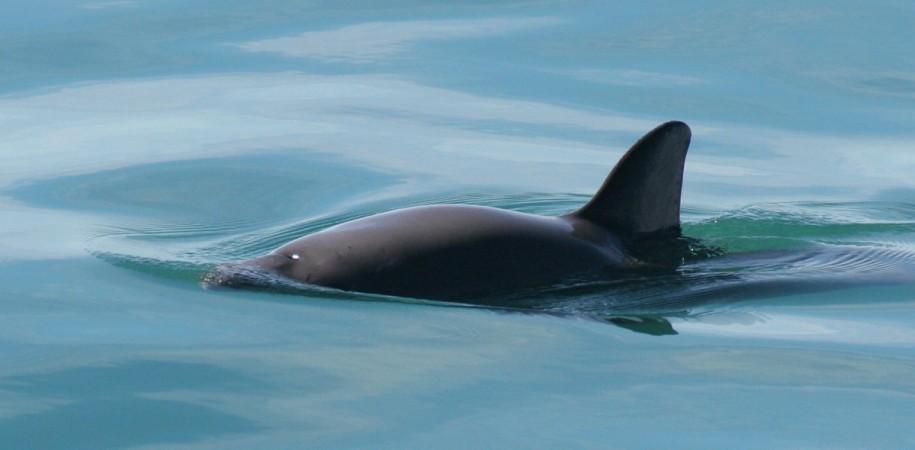
With less than 60 species of vaquitas porpoises in the Gulf of California, help for these toothed small toothed whales is coming in the form of dolphins, their cetacean cousin.
Mexico to assemble a 'dream team' to save vaquita from becoming extinct
Dolphins which have been trained by the US Navy will now participate in the drive to capture vaquitas before they go extinct.
These trained dolphins and their handlers would be helping Mexico in its efforts to capture the vaquitas and to breed them in captivity.
Mexico's conservation group, The International Committee for the Recovery of the Vaquita (CIRVA), which is leading the efforts to save this marine mammal might be hugely benefited from this gesture.
Though, the participation of dolphins in the project is still in the planning stage, international experts have confirmed its participation, which might start in spring, the Associated Press reported.
How will these dolphins locate vaquitas?
Dolphins communicate using natural sonar and this is exactly how they will locate vaquitas.
Once the vaquitas have been spotted, the dolphins will surface and tip their handlers.
"They [dolphins] would signal that by surfacing and returning to the boat from which they were launched," said Jim Fallin of the US Navy Space and Naval Warfare Systems Center Pacific.
What are these dolphins trained for?
The US Navy trained these dolphins to locate sea mines among others.
Vaquitas – Why are they endangered?
These rare vaquitas have been the victims of illegal fishing. The location that hosts the vaquitas is also home to another endangered creature, the totoaba fish. This fish has been hunted for food, as its a popular delicacy in China. The totoaba is called the "aquatic cocaine," and sells at a price of $10,000 a kilogram.
During these illegal fishing operations, the fishermen/women in their attempt to catch totoaba, trap the vaquitas in the nets.

















